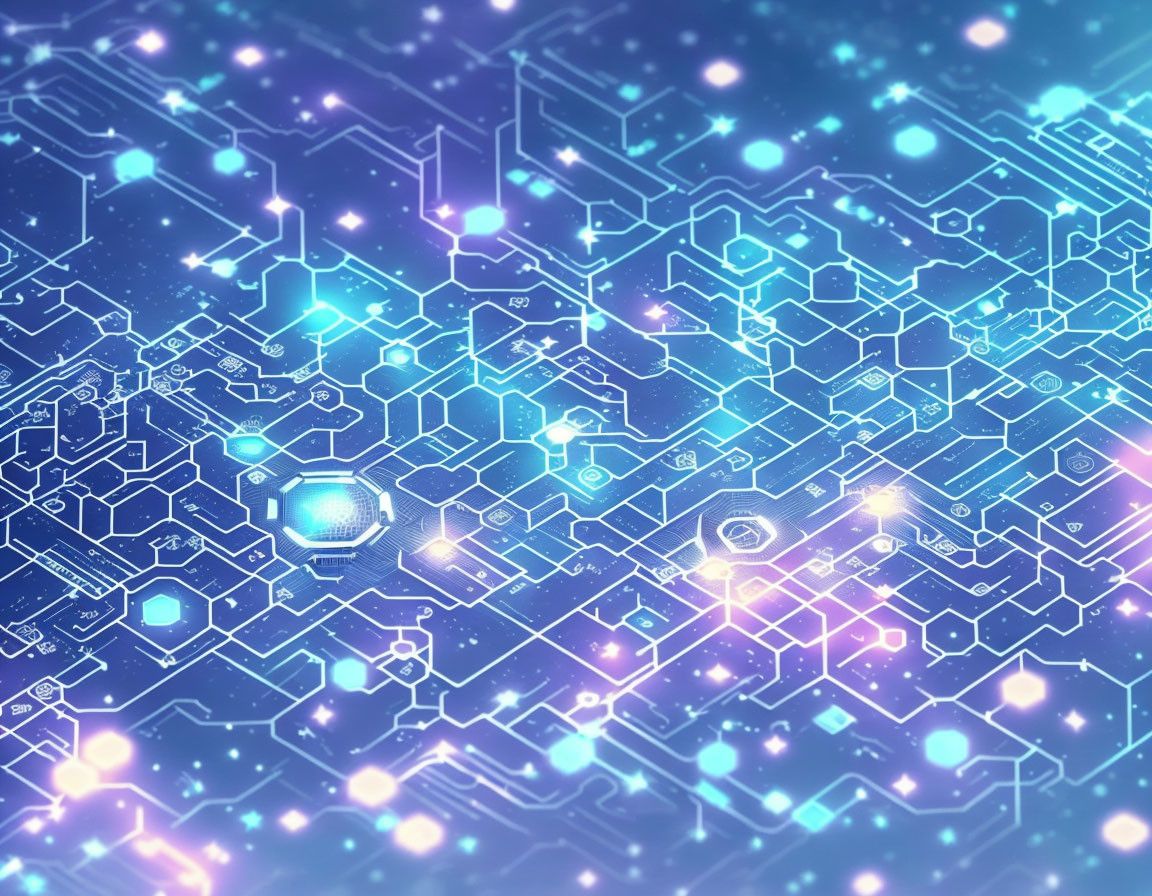AI. A short history with a long future.
Artificial Intelligence (AI) is a branch of computer science focused on developing machines or software that exhibit human-like intelligence. At its core, AI is about building machines that can think like humans, learn from experience, understand complex content, recognise patterns, solve problems, make decisions, and carry out tasks that would typically require human intelligence.
AI can be classified into two main types.
1. Narrow AI. Also known as Weak AI, specialises in one area. It can perform specific tasks as well as, or even better than, we humans can. Examples are recommendation systems like those used by Amazon or Netflix, voice assistants like Siri or Alexa, and image recognition software.
2. General AI. Also known as Strong AI, is a system with generalised human cognitive abilities so that when presented with an unfamiliar task, it can find a solution. This type of AI, which can understand, learn, adapt, and implement knowledge in a range of tasks, is what we see in science fiction.
Brief History of AI
The concept of artificial beings endowed with intelligence has been around for centuries, from ancient Greek myths of automatons to medieval alchemical homunculi. However, AI as we know it today began as an academic field of study at the Dartmouth Conference in 1956, where the term 'Artificial Intelligence' was coined.
The progress of AI has generally been marked by periods of intense optimism and activity, known as "AI springs", followed by "AI winters" of funding cuts and reduced interest due to slower-than-expected progress.
Key milestones in the AI journey include IBM's Deep Blue defeating world chess champion Garry Kasparov in 1997, the development of advanced machine learning techniques in the 2000s, IBM's Watson winning Jeopardy in 2011, and the rise of digital assistants like Siri, Alexa, and Google Assistant in the 2010s.
Applications of AI: AI has been applied in a wide array of fields with transformative results. If used correctly with a pro companionship attitude, the future of AI would be beneficial in a multitude of areas.
- Healthcare AI can assist doctors with diagnoses and treatment plans, help predict patient readmissions, and personalise patient care. Examples include the use of AI in reading radiology images and in developing personalised treatment plans.
- Transport Autonomous vehicles, such as self-driving cars, rely heavily on AI systems to interpret sensory data and make decisions about the vehicle's actions in response to its surroundings.
- Retail Many retailers use AI for personalised marketing, forecasting demand, reducing delivery costs, and improving customer service.
- Finance AI is used for fraud detection, investment modelling, credit scoring, algorithmic trading, and managing operational risk.
- Entertainment Recommendation systems of streaming platforms like Netflix and Spotify use AI to recommend content based on users' viewing or listening history.
Artificial Intelligence (AI) is a broad field with several subfields or subsets. Each of these subsets has its own techniques, methodologies, and applications, but they all come under the broad umbrella of AI. The boundaries between these subfields can often blur as they frequently intersect and influence each other.
1. Machine Learning (ML): This subset enables computers to learn from and make decisions or predictions based on data. ML itself can be further divided into several types, including supervised learning, unsupervised learning, semi-supervised learning, and reinforcement learning.
2. Deep Learning: A subset of machine learning, deep learning models are built using artificial neural networks with multiple layers (hence the 'deep' in deep learning). These models are capable of learning from large, complex datasets.
3. Natural Language Processing (NLP): This is the aspect of AI concerned with giving computers the ability to understand, generate, and respond to human language in a way that is both meaningful and contextually appropriate.
4. Computer Vision: This field involves teaching computers to 'see' and understand digital images or videos. It's used in a variety of applications from facial recognition systems to self-driving cars.
5. Speech Recognition: Also known as automatic speech recognition (ASR), this field is about converting spoken language into written text. It's used in virtual assistants like Siri or Alexa.
6. Robotics: This subset involves creating machines (robots) that can interact with the physical world. These robots can be programmed using AI techniques to perform a wide array of tasks, from assembling cars in a factory to defusing bombs.
7. Expert Systems: These are computer systems designed to provide advice in a specific domain. They are built to emulate the decision-making ability of a human expert.
8. Knowledge Representation and Reasoning: This is about representing information about the world in a form that a computer system can utilise to solve complex tasks such as diagnosing a medical condition or having a dialogue in natural language.
AI is transforming the way we live and work, offering new opportunities for economic growth and societal development. As we continue to develop and refine AI technologies, their impact will likely be even more profound and widespread.


Comments ()